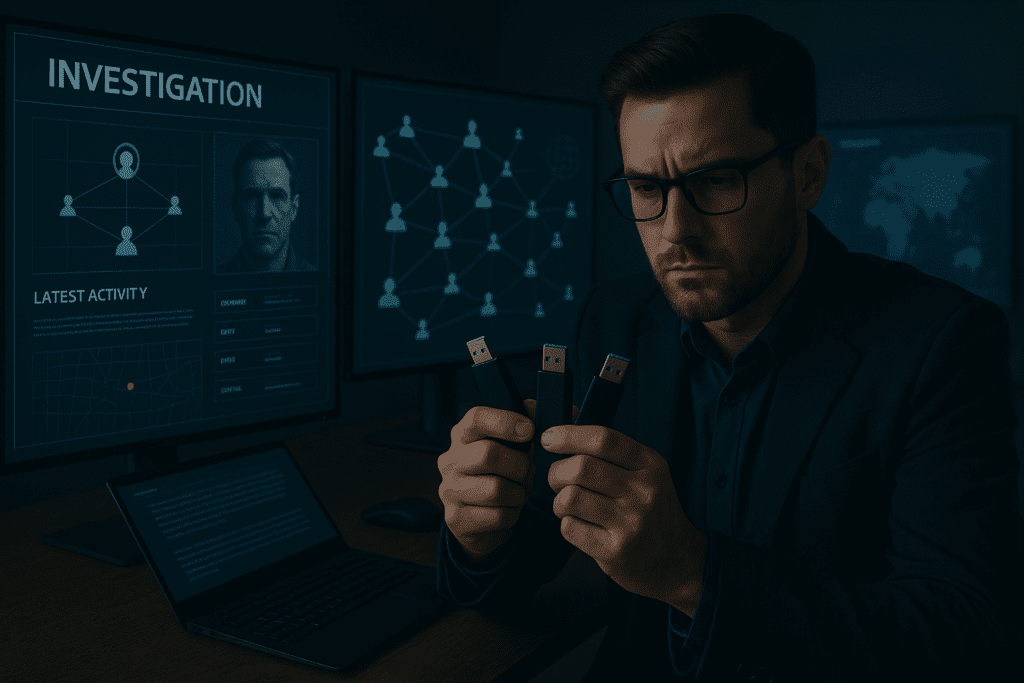I received a rather surprising question from a subscriber a while ago, who after inspecting my website, asked me what OSINT is.
It is true that in the small world of geopolitical analysts, I am known for my trademark of using OSINT extensively in my research and analysis, but for the general public, OSINT is for many a completely new thing and many people do not even know what it is.
I've personally been using OSINT for years, and after doing a poll on my Telegram account, I realized that 70% of you know very little about OSINT and are interested in learning more about it.
So let me introduce you in the best possible way to OSINT, which I have personally been using extensively in my research and analysis for quite a few years now.
OSINT, what does it mean?
First of all, let's breakdown this term: OSINT.
It is simply the acronym of: Open Source Intelligence.
As you may know, the term "Intelligence" covers a lot of fields.
It is a fairly broad term which can take on different meanings depending on the context, such as: investigation, inquiry, espionage, or more broadly, all the techniques used to retrieve information.
To give you a simple example, the CIA in the United States is the acronym for Central Intelligence Agency, which could simply be translated as: Central Intelligence Agency.
And as you may know, many intelligence agencies or even companies (which engage in industrial espionage and others) use all possible means to acquire intelligence, whether it's acquired legally or illegally.
So there are ways of acquiring information that are very difficult for ordinary people to access, and which are often reserved for the secret services or the richest companies that can afford to play with the law without getting caught because they have the entire government or an army of lawyers behind them.
Compared to these huge organizations with almost unlimited resources, professions that are much more limited in budget and resources, such as journalists, analysts or investigators, or even small businesses working in cybersecurity or other sectors requiring information, must do what they can with generally a shoestring budget.
These various "small" players cannot afford to use illegal means to acquire intelligence, unless they want to fall into corruption, espionage or illegal hacking.
They therefore push to the maximum all possible techniques to acquire intelligence legally.
Generally, legal intelligence is simply the ability to search and find information (even if it is sometimes very well hidden) that is technically public.
This type of information is called “Open Source”.
So if we had to translate OSINT with a self explanatory name, we could for example call it:
Researches and investigations using only public sources.
OSINT, the art of in-depth legal investigation
Just a few years ago, OSINT was a little-known technical skill, just like hacking, for example.
But with the democratization of the internet, the explosion of social networks and the accumulation of data over the decades, it has now established itself as a discipline in its own right.
OSINT is now increasingly used in multiple sectors, ranging from journalism, to the fight against different types of crime (terrorism, cyber-criminality, physical crimes, financial crimes, etc.), through to the protection of people (and their properties) in times of armed conflict.
Whether you are a cybersecurity professional, an investigative journalist, or simply a curious person, having access to the right OSINT techniques and tools is essential to be able to successfully search for information at the source yourself or to be able to verify yourself if an information propagated by the media is true.

How to get started in OSINT?
Now that you understand the principle of what OSINT is, you may be wondering:
Concretely, what does OSINT consist of?
Well, like just about every discipline out there, there are always different levels of mastery.
Much like when learning a language, there is a huge difference between someone who is about to travel for just one week to a foreign country and only needs to learn the basics like "hello", "goodbye", "thank you" and other practical words, compared to someone who dedicates years and years of learning to master a language perfectly fluently, because they really need it for their work or personal life.
It's the same with OSINT; depending on your needs, you'll develop a more or less in-depth level of OSINT proficiency. If a simple Google search is all you need, in theory, you're already practicing OSINT.
On the other hand, if you need to do very in-depth research to find information that is very complicated to obtain, in this case, you will surely have to train yourself to succeed in obtaining this information using the appropriate techniques and tools.
And there, multiple possibilities open up towards multiple techniques and tools, which can help you in your research by going much further than what Google wants to give you.
The more difficult the information is to obtain, the more ingenuity you will have to use to find it.
Each case has its own tools and techniques, some examples:
‣ Do you have a photo of someone whose identity you need to find? Then you'll probably need a tool like PimEyes for example. One of the tools that allows you to use a single photo to bring up all the photos containing the same face from the internet. You didn't find anything with this tool? Then maybe you'll have to fall back on FaceCheck.ID. And yes, you thought it would work the first time? It's an investigation, you have to be persistent, don't forget that.
‣ Need to know who's behind a website? Then you'll probably need a tool like Whois Lookup, which will give you crucial information about domain names and IP addresses, including the owner's name, address, contact email, creation date, and expiration date.
‣ Are you investigating or want to verify the legitimacy of a company? Then the Violation Tracker tool will surely be useful and will allow you to check all violations, convictions, and fines of a company.
‣ Want to check if a photo is fake or edited? Then a tool like FotoForensics might be the solution.
There are dozens, if not hundreds, of OSINT tools and techniques, and it will take years and years to reach an advanced level of mastery.
Besides, the very useful site OSINT Framework offers a sort of tree structure that lists many OSINT tools, classified according to the most frequent needs. Once you have learned to master it, it is a real key to searching for any information in a much more methodical way.
OSINT: an essential weapon for investigation and re-information
Today, OSINT is increasingly used by relevant professionals and businesses. The conferences, events, online courses, communities and forums are multiplying on the subject.
Some even specialize in OSINT, making it a career, working in certain cybersecurity companies, where they become a kind of full-time "investigator," to name just one example. This type of professional, at a very high level, often combines OSINT with coding and/or hacking skills.
Among the best in the world in this field, we are increasingly seeing certain developers who are slowly moving towards OSINT, combining technological skills and research capacity.
Ultimately, even if this field remains a niche that is very little known to the general public, it is developing more and more rapidly, and with information warfare we live in and cognitive warfare currently in place increasing year after year, responsible citizens are increasingly expanding their knowledge of OSINT to do their own research.
If you are part of my audience and are interested in OSINT and potentially need to search for hard-to-access information, then the first step might be to look for online courses, free or paid, and start educating yourself.
In the future, if time permits and there is sufficient demand, I may offer OSINT training directly on my website.
If you're interested, let me know.







Je suis intéressé pour la formation sur l’OSINT
C’est bien noté, si je produis une formation un jour j’enverrai une notification !
Je suis vraiment intéressé par l’OSINT et je serai honoré de pouvoir m’en servir un jour !
Je vous rajoute sur la liste !